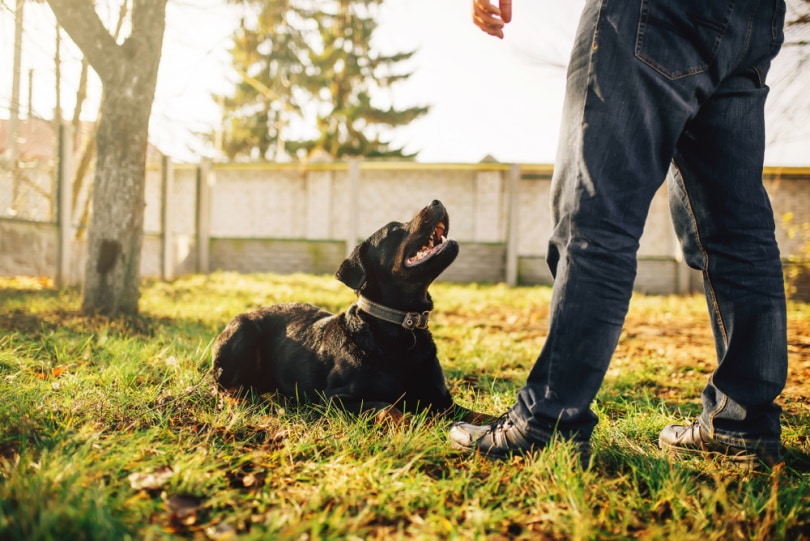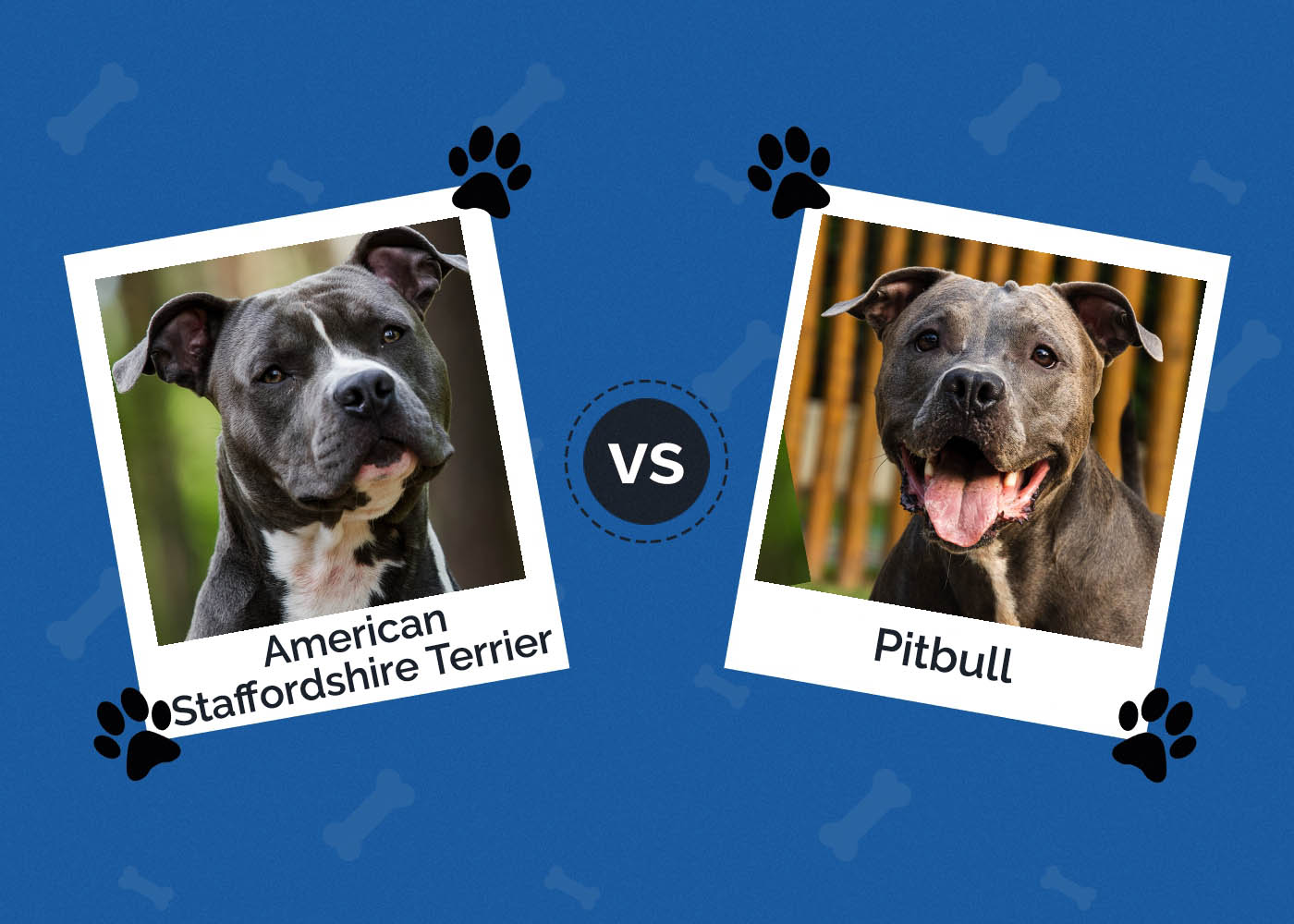Can Dogs Eat Nopales? How Healthy Is It?
By Jessica Kim
Updated on
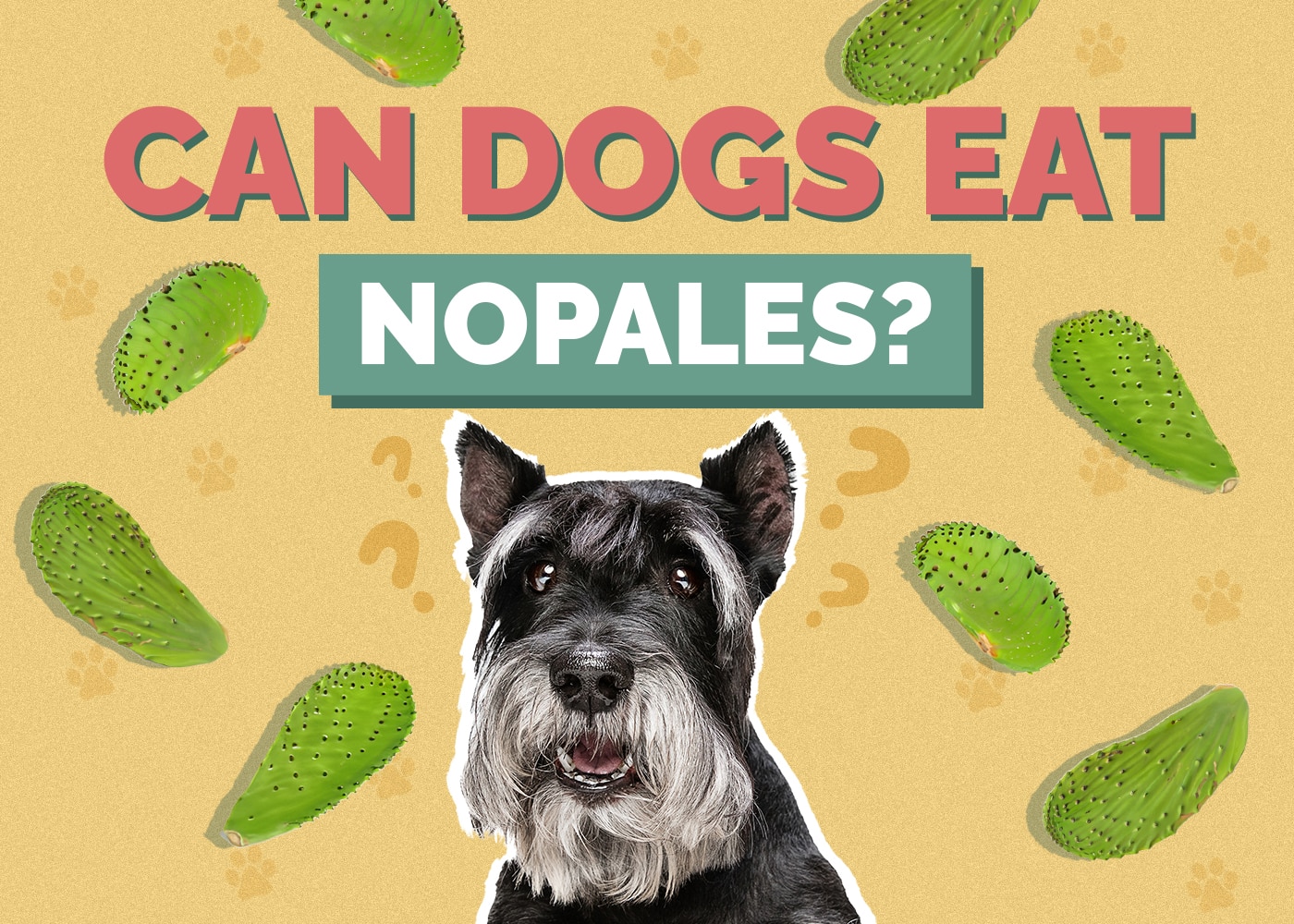
Nopales are the pads harvested from prickly pear cacti and they are a staple in certain areas of Mexican cuisine. While they’re rich in antioxidants,1 vitamin C, and several essential minerals, they’re not the best for dogs to eat.
Most dogs can eat small portions of nopales as an occasional treat. However, eating too many nopales can upset a dog’s stomach. So, it’s not recommended to include them as a regular part of their diets. Here’s what you need to know before feeding your dog nopales.
Can Dogs Eat Nopales?
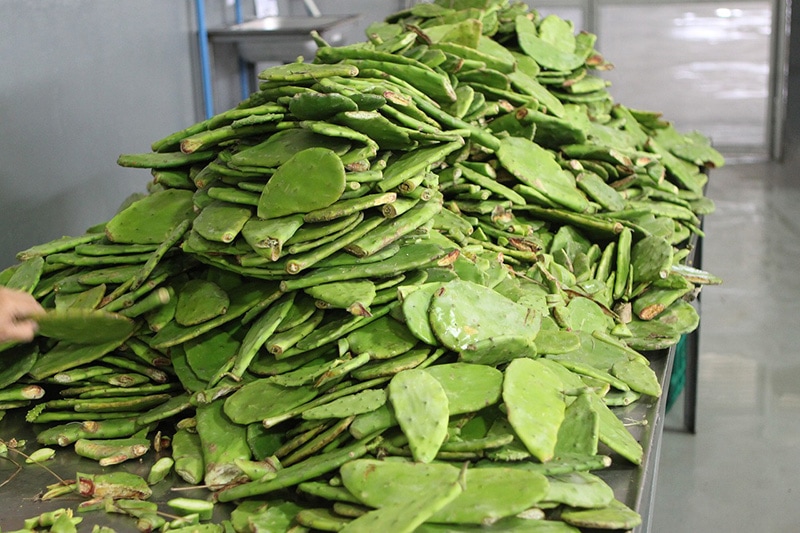
Dogs can technically eat nopales, as there isn’t any definitive research that nopales are toxic for them. So, you could feed your dog some nopales, and it may not feel sick.
What causes concern and hesitation is that nopales contain oxalates. Calcium oxalate crystals can irritate the skin and mouth, and some dogs may react by pawing at their face or drooling excessively. Calcium oxalates can also irritate the digestive tract, so some dogs may vomit or experience diarrhea.
Since nopales contain calcium oxalates, it’s best for some pets to avoid them. It may trigger or exacerbate bladder stones, as crystals can accumulate into stones. So, if your dog has had bladder stones, urinary tract infections, or related conditions, nopales won’t be safe for it to eat.
Some dog breeds are susceptible to bladder stones, so nopales won’t be the best snack for them. Bichons Frises, Lhasa Apsos, Miniature Schnauzers, Shih Tzus, and Yorkshire Terriers are some breeds that are at higher risk of developing bladder stones.
Fruits and Vegetables That Are Safe for Dogs
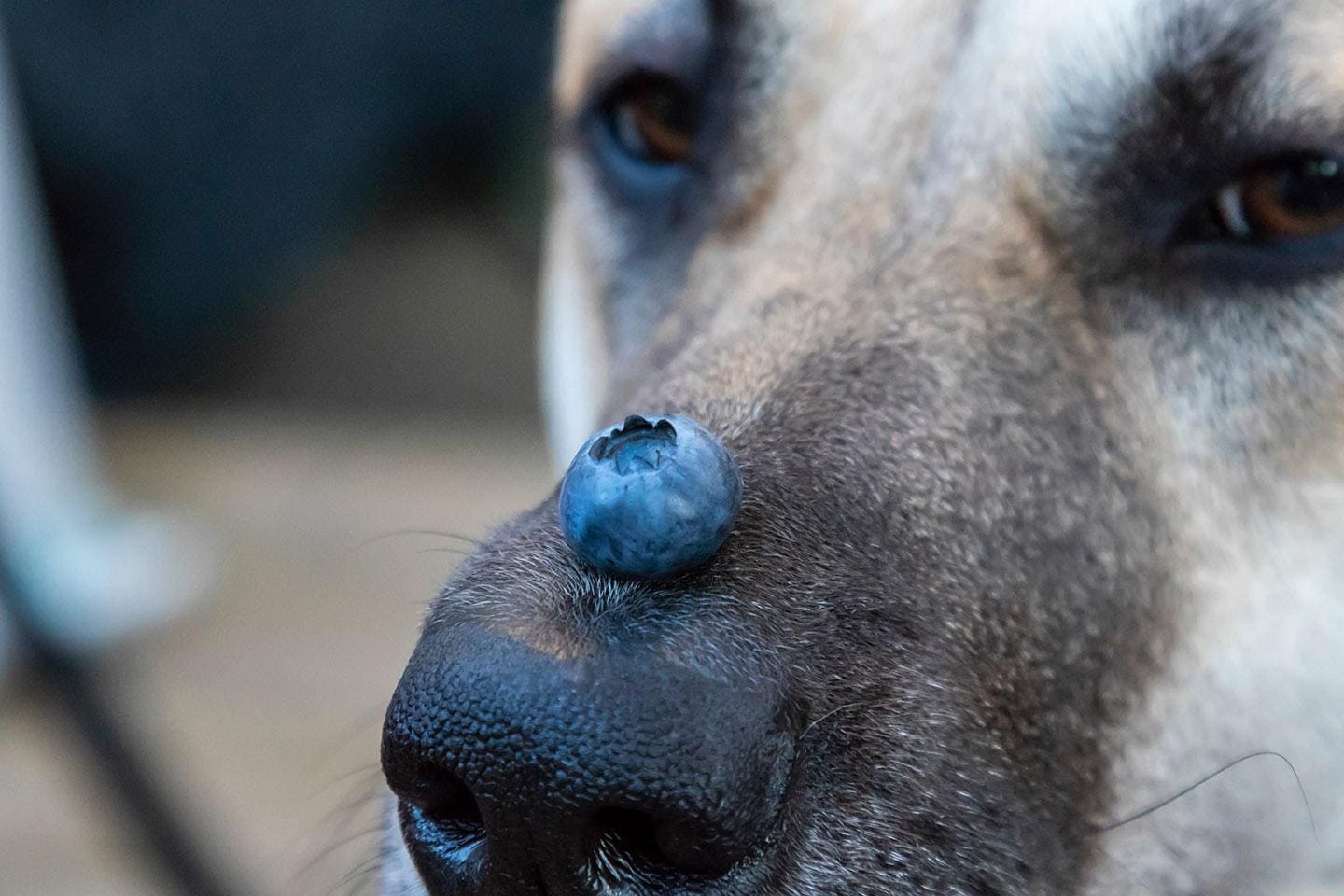
Along with being a good source of vitamin C and antioxidants, nopales are also rich in vitamin A, potassium, copper, iron, and omega-3 fatty acids. Fortunately, there are plenty of fruits and vegetables that also have these nutrients and are safer and less risky for dogs to eat.
Vitamin A
Vitamin A plays an important role in various bodily functions, including vision, growth and development, and the immune system. Other natural foods that are good sources of vitamin A and are safe for dogs to eat are broccoli, spinach, carrots, sweet potatoes, and pumpkin.
Potassium
Potassium is a mineral that works with sodium to keep fluid levels in the body at normal levels. Foods that contain potassium are bananas, broccoli, chicken, salmon, and spinach.
Copper
Copper is a mineral that helps the body in many ways. It can help make red blood cells, support the immune system, protect cells from damage, and keep cells from harm. Copper can be found in many different natural foods, including organ meats, shellfish, and whole grains.
Iron
Iron helps the body produce hemoglobin and myoglobin, which help provide oxygen throughout the body. It can help treat anemia and manage some forms of fatigue. Iron can be found in seafood and lean meats, including chicken, shellfish, and sardines.
Omega-3 Fatty Acids
Omega-3 fatty acids are beneficial for dogs and can help treat arthritis and chronic kidney disease and improve cognitive functioning. It also helps with the brain and eye development of puppies. Foods that are good sources of omega-3 fatty acids are mackerel, salmon, flaxseeds, and spinach.
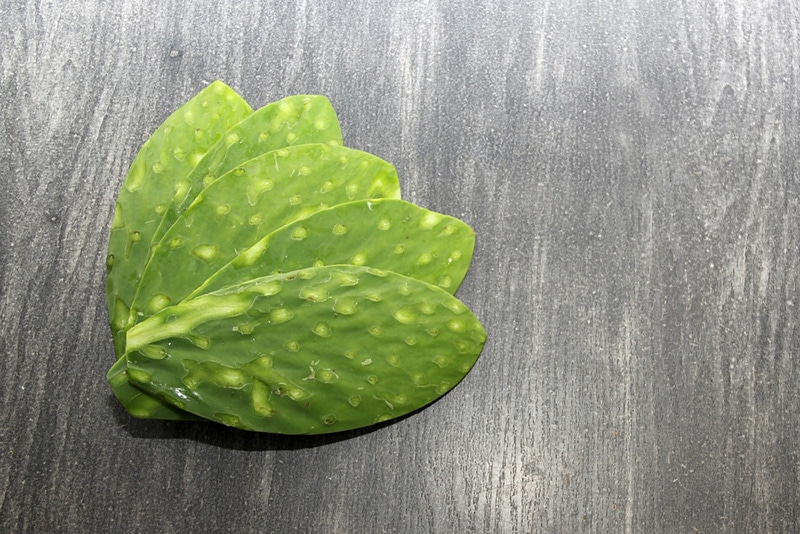
Conclusion
Nopales aren’t poisonous to dogs, but they may cause some dogs to feel sick if they eat too much. So, if your dog is predisposed to developing bladder stones or has a sensitive stomach, it’s best to feed it other fruits and vegetables that are safer for them to eat.
When introducing new foods to your dog, make sure to do it in small increments. Many dogs have sensitive stomachs that may not be able to digest new food very well. So, make sure to start with small pieces. If your dog enjoys the fruit or vegetable, you can slowly increase the amount you feed it.





